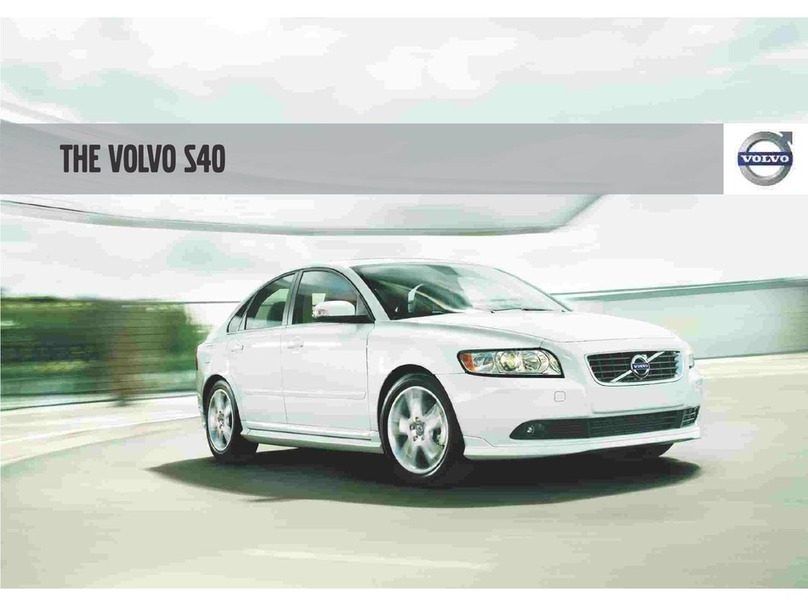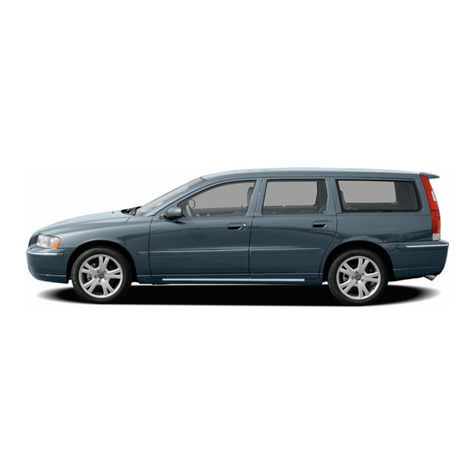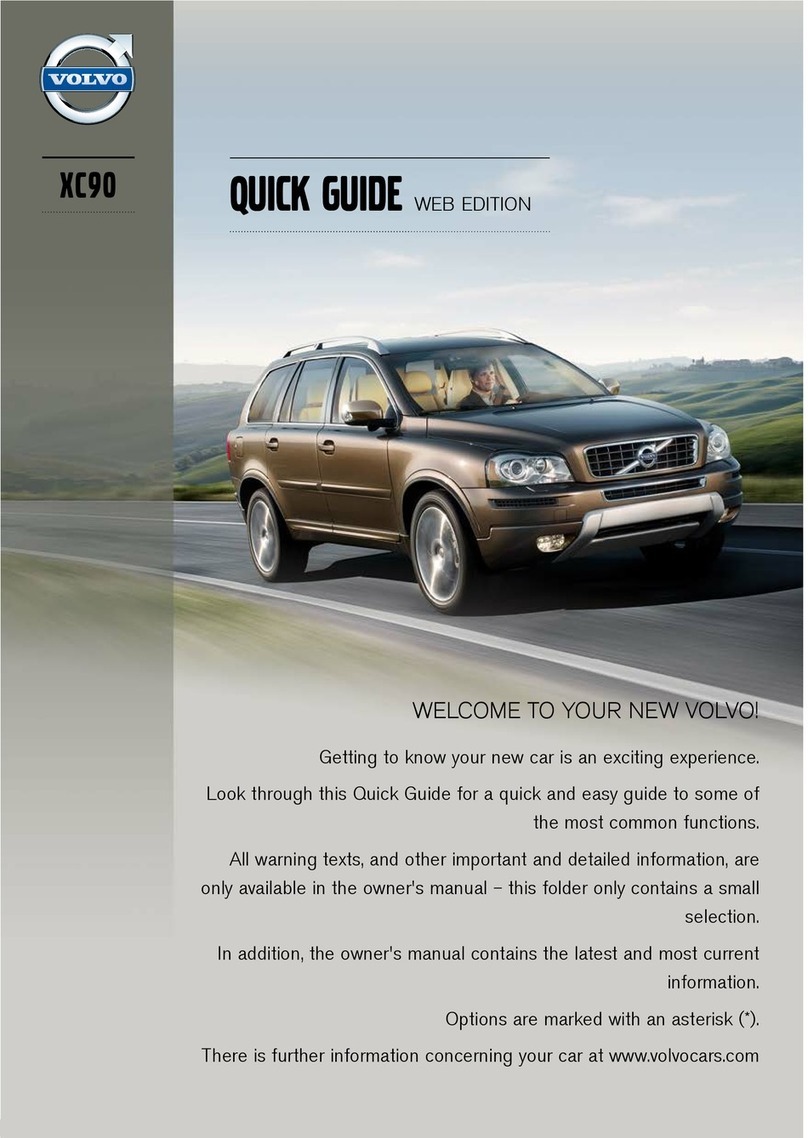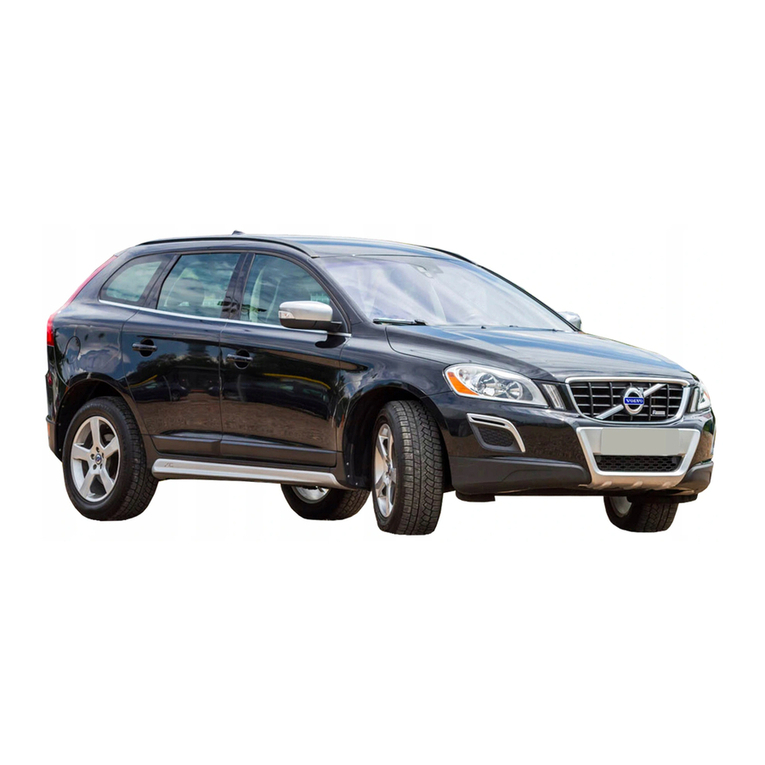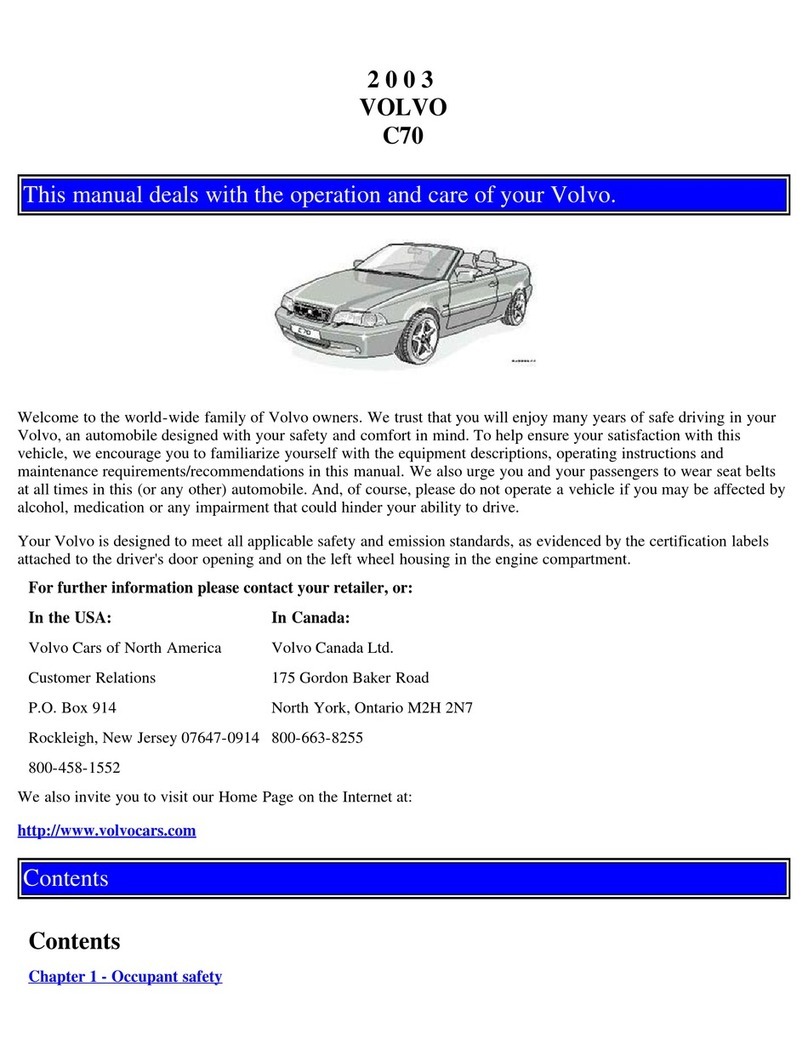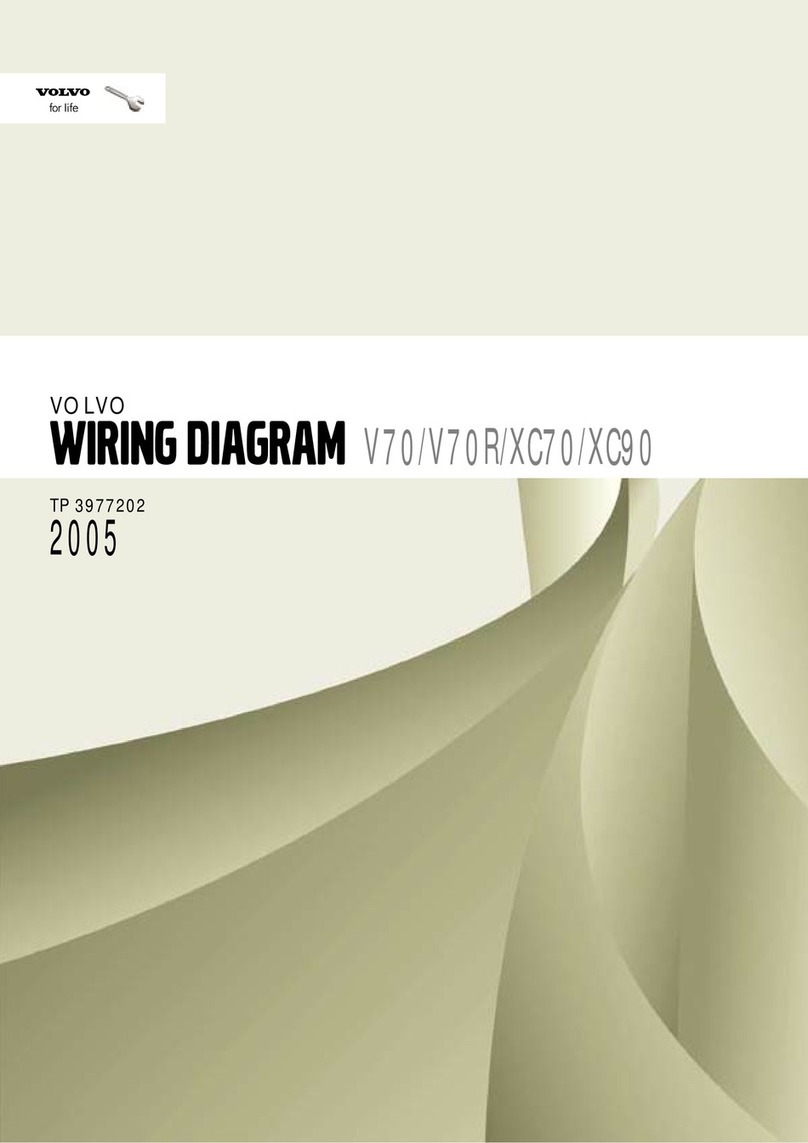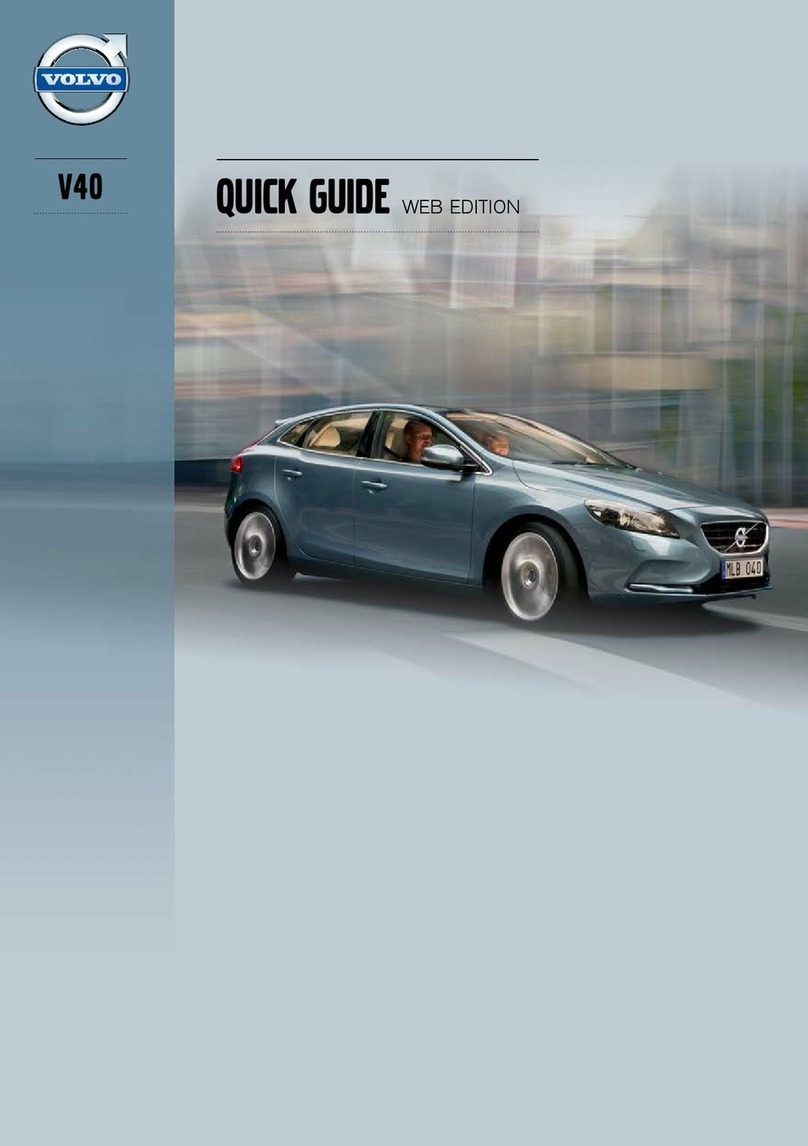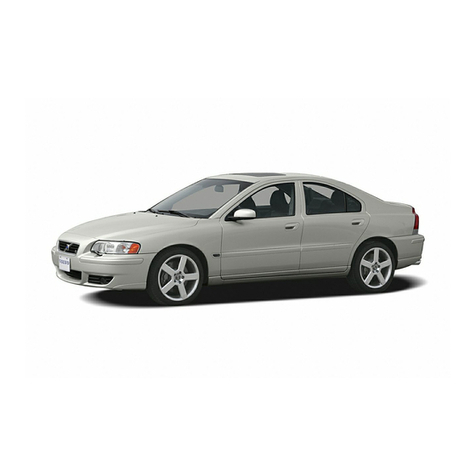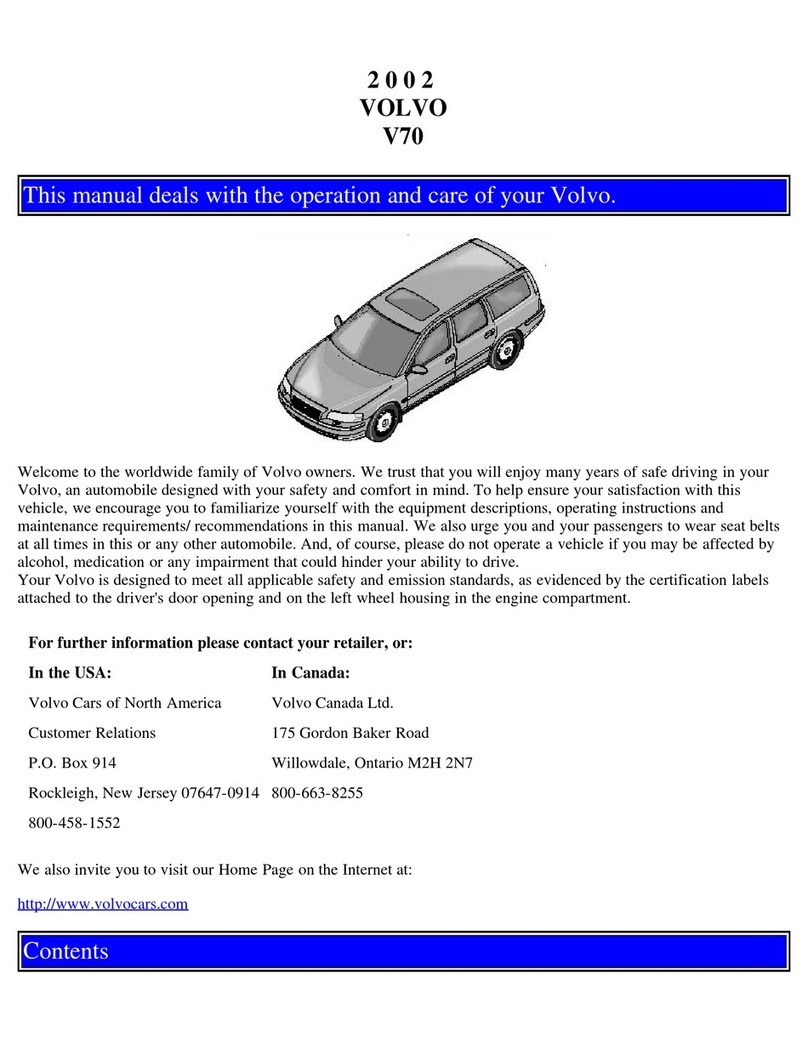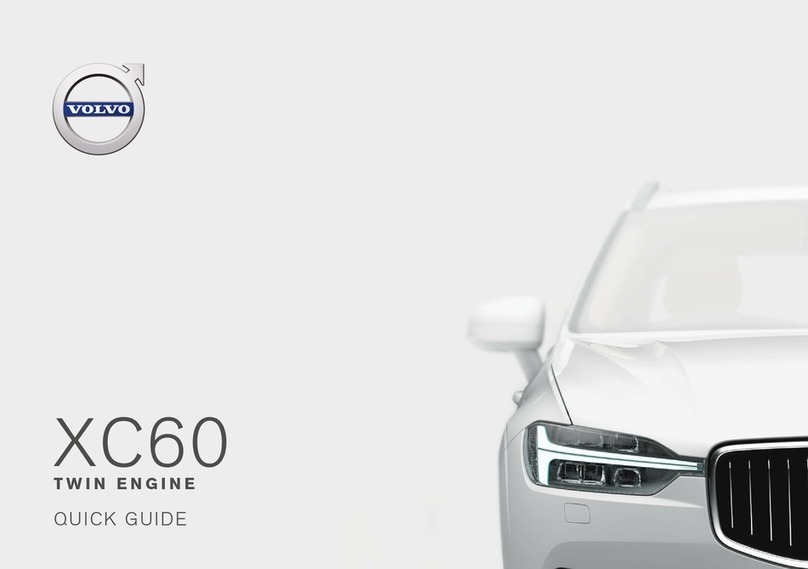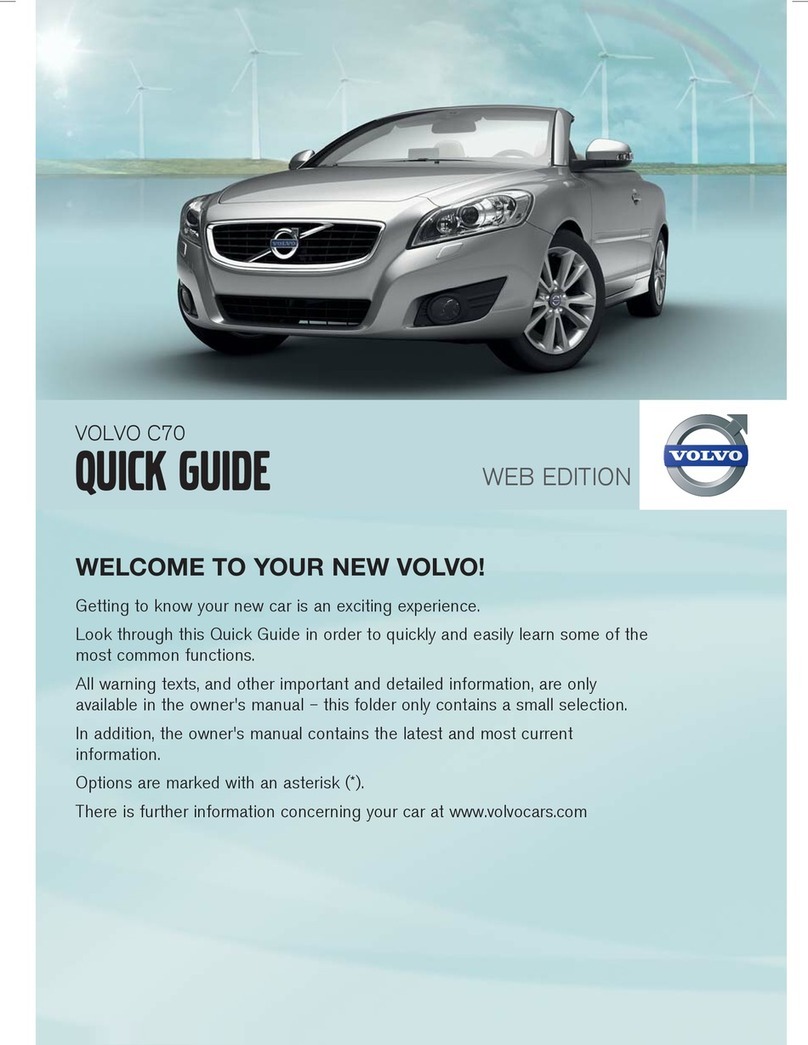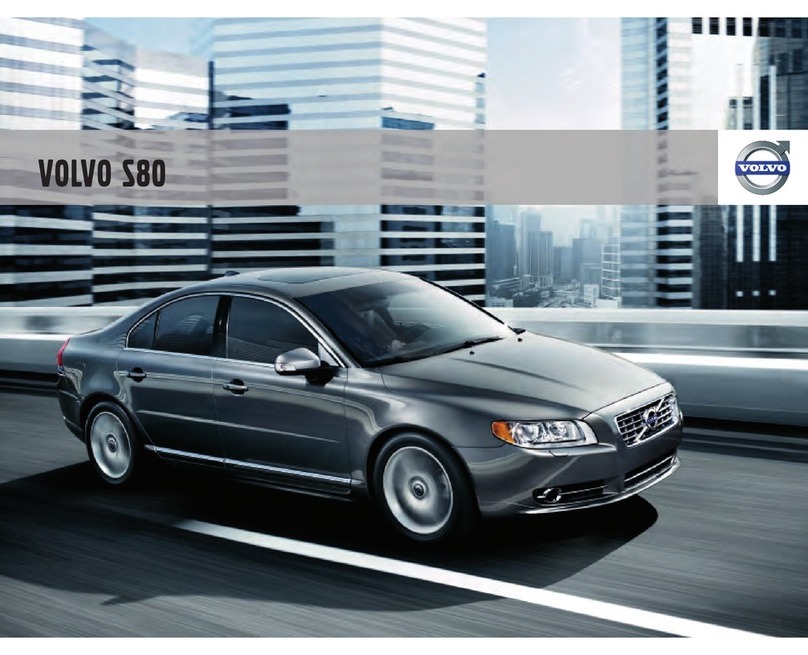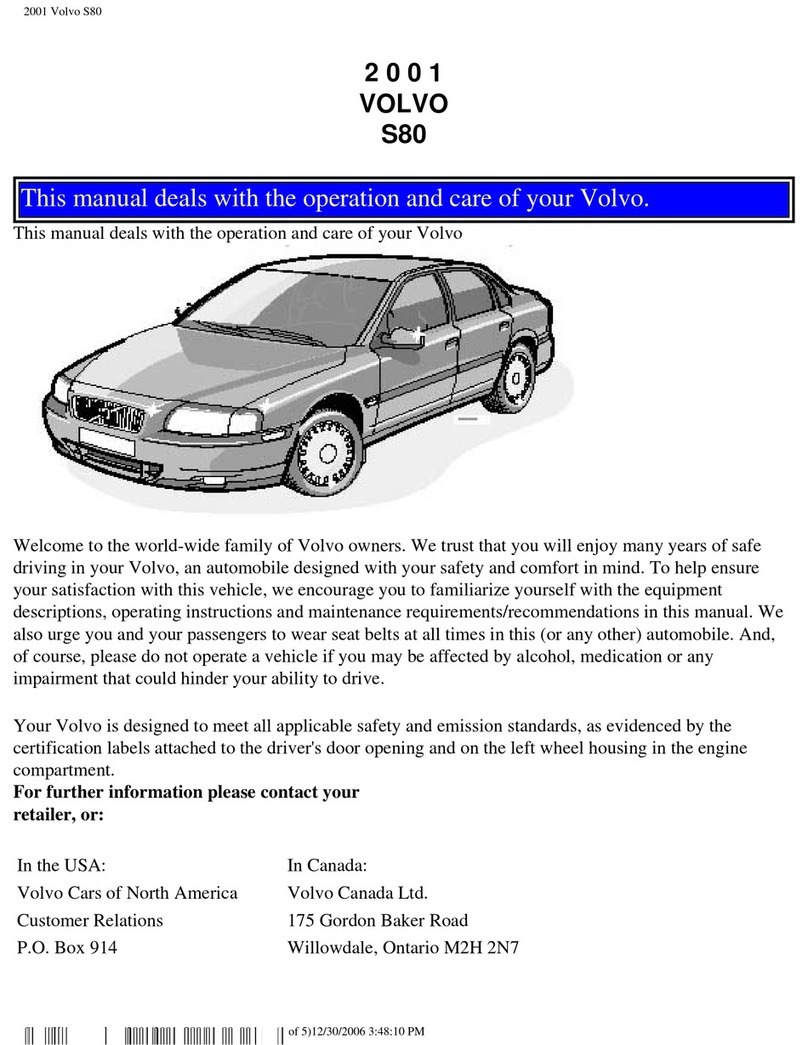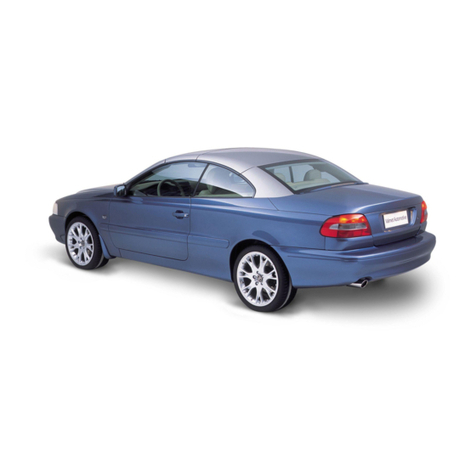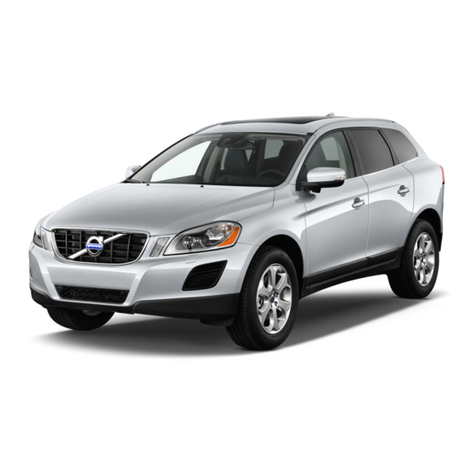6
DRIVER SUPPORT
Driver support systems 252
Driver support system camera 252
Camera limitations 254
Driver support system radar unit 257
Radar sensor limitations 258
Cruise Control (CC) 261
Starting and activating Cruise Control 261
Changing Cruise Control speed 262
Deactivating/resuming Cruise
Control (CC) 263
Turning Cruise Control off 264
Switching between Cruise Control
(CC) and Adaptive Cruise Control (ACC)*265
Adaptive Cruise Control (ACC)*266
Starting and activating Adaptive
Cruise Control (ACC) 268
Deactivating/resuming Adaptive
Cruise Control (ACC) 269
Changing Adaptive Cruise Control
(ACC) speed 271
Setting an Adaptive Cruise Control
time interval 272
Pilot Assist*273
Starting and activating Pilot Assist 276
Deactivating/resuming Pilot Assist 277
Setting a Pilot Assist time interval 278
Pilot Assist auto-hold brake function 279
Pilot Assist limitations 280
Other Adaptive Cruise Control (ACC)
functions 282
Radar sensor 283
Radar sensor - type approval 284
Adaptive cruise control passing
assistance 284
Adaptive Cruise Control (ACC) - fault
tracing 285
Adaptive Cruise Control (ACC) sym-
bols and messages 286
City Safety™287
City Safety warning level settings 289
Detecting cyclists and pedestrians
with City Safety 290
City Safety in crossing traffic 291
Rear Collision Warning (RCW) 292
City Safety limitations 293
City Safety™troubleshooting 295
City Safety symbols and messages 297
Speed limiter (SL)*298
Starting and activating the Speed
Limiter (SL)*299
Changing a Speed Limiter (SL)*
maximum speed 299
Automatic Speed Limiter (ASL)*300
Activating/deactivating the
Automatic Speed Limiter (ASL)*301
Changing tolerance for the
Automatic Speed Limiter 302
Deactivating/reactivating the Speed
Limiter*303
Turning the Speed Limiter*off 304
Road Sign Information (RSI)*304
Road Sign Assistance (RSI)*operation 305
Road Sign Assistance (RSI)*limitations 306
Park Assist*306
Activating/deactivating Park Assist 308
Park Assist limitations 308
Park assist symbols and messages 310
Park Assist Camera (PAC)*311
Park Assist Camera (PAC)*trajectory
lines and fields 313
Starting the Park Assist Camera (PAC)*315
Park Assist Camera (PAC)*limitations 316
Park Assist Pilot (PAP)*316
Using Park Assist Pilot (PAP)*318
Park Assist Pilot (PAP)*limitations 320
Park Assist Pilot (PAP)*symbols and
messages 322
Adjustable steering force*323
Electronic Stability Control (ESC) 323
